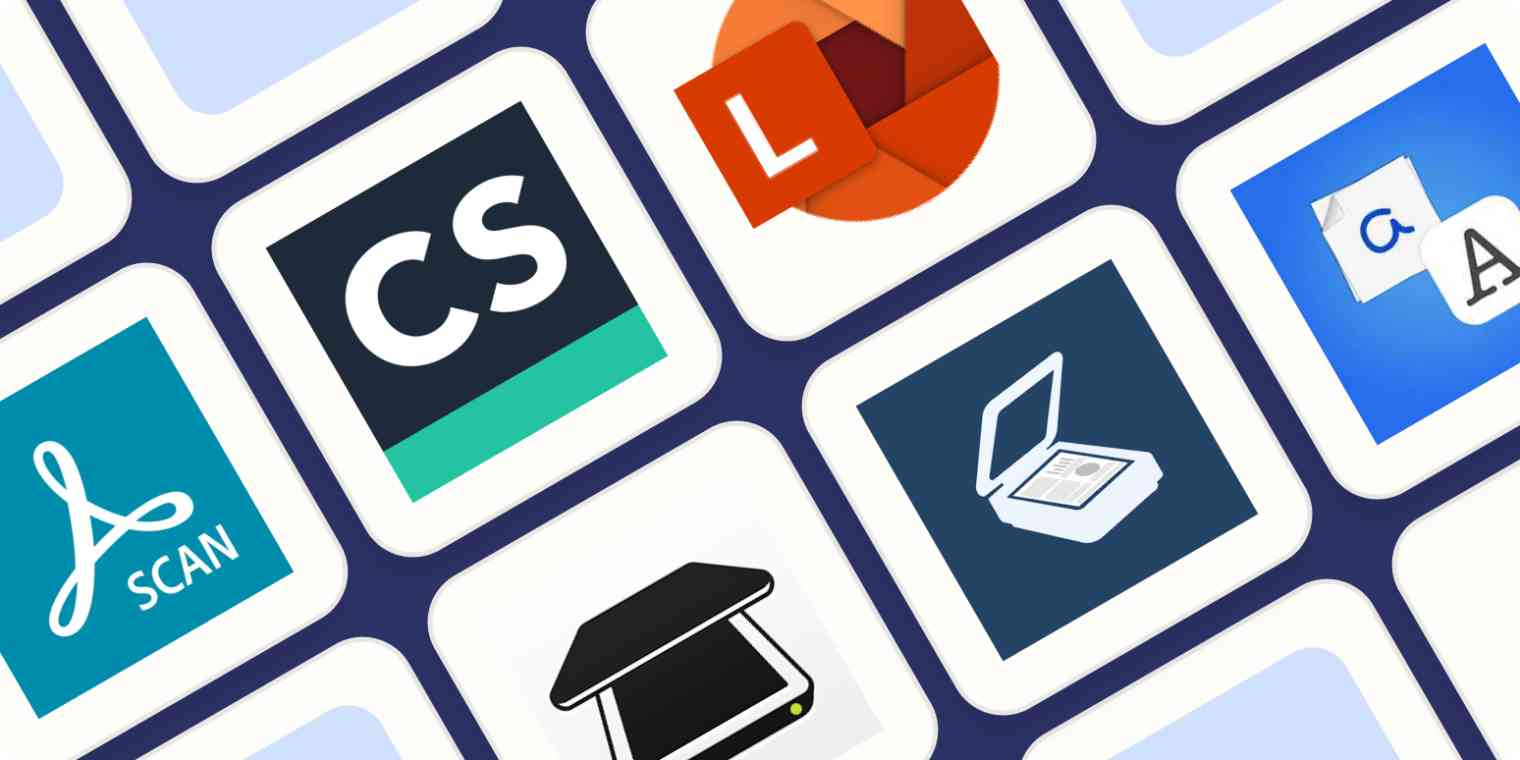The evolution of print media into the digital era has been marked by significant advancements in technology. One of the most pivotal developments in this transition is the advent of online image to text services, which play a crucial role in digitalizing printed materials.
The Need for Digital Conversion in Print Media
Digitalization of print media is not merely a trend but a necessary evolution. The demand for accessibility and instant information continues to grow. Print media outlets, including newspapers, magazines, and books, face the challenge of adapting to this new reality. The first step in this adaptation is converting their vast archives of printed material into digital formats.
Preservation and Accessibility The digitalization of print media serves two primary purposes: preservation and accessibility. Physical copies of documents are susceptible to deterioration over time. Digitizing these documents ensures their longevity and protects them from physical damage. Moreover, digital formats offer easier access. Readers can search for and retrieve information quickly, a significant advantage over traditional methods of sifting through physical pages.
The Emergence of Online Image-to-Text Services
In the heart of this transformation are online image to text services. These platforms use Optical Character Recognition (OCR) technology to convert scanned images of text into editable and searchable digital formats.
Understanding OCR Technology OCR technology is the cornerstone of these services. It enables the recognition and conversion of characters in a scanned document or image into machine-encoded text. This technology has evolved significantly, allowing for high accuracy in character recognition and the ability to handle various fonts and formats.
A Case Study: OCR Online
A notable example of such a service is OCR Online, a tool that exemplifies the capabilities of modern OCR technology. This service allows users to transform scanned PDFs, images, and photographs into editable text formats. It supports the conversion of documents to formats like Word or Excel while maintaining the original layout. What’s more, it provides these services without cost, catering to both mobile and desktop users. Emphasizing user privacy, OCR Online ensures that all documents uploaded for conversion are automatically deleted post-processing, safeguarding user data.
Advantages of OCR Online The ability to convert images to text efficiently is a game-changer for many sectors, particularly in print media. OCR Online’s free access for guest users without the need for registration makes it a highly accessible tool for individuals and businesses alike.
Implications for Journalism and Research
The impact of digitalization on journalism and research is profound.
Enhancing Research Capabilities For researchers, the ability to digitize historical newspapers and documents opens up vast possibilities. It allows for the creation of searchable archives, making it easier to find specific information or track trends over time.
Journalism in the Digital Age For journalists, digital archives mean quicker access to past articles and data, enabling more comprehensive and informed reporting. This technology also aids in fact-checking and cross-referencing, essential components of responsible journalism.
The Future of Digital Media
Looking forward, the integration of advanced technologies like artificial intelligence (AI) and machine learning in OCR services promises even more significant enhancements.
AI and Machine Learning in OCR The incorporation of AI and machine learning algorithms can further improve the accuracy of text recognition, especially in dealing with handwritten texts or deteriorated documents. These advancements will streamline the digitalization process, making it faster and more efficient.
Impact on Print Media For print media, this technological evolution represents an opportunity for rejuvenation. By embracing digitalization, print media can reach wider audiences, offer more engaging content, and create interactive experiences that were not possible with traditional formats.
Conclusion
In conclusion, the digitalization of print media, powered by online image-to-text services, is a transformative process that holds immense potential. Services like OCR Online are at the forefront of this change, offering accessible and efficient tools for converting print media into digital formats. The continual evolution of technology promises to revolutionize the ways information is preserved, accessed, and leveraged, heralding a transformative phase for print media in the realm of digital innovation.

